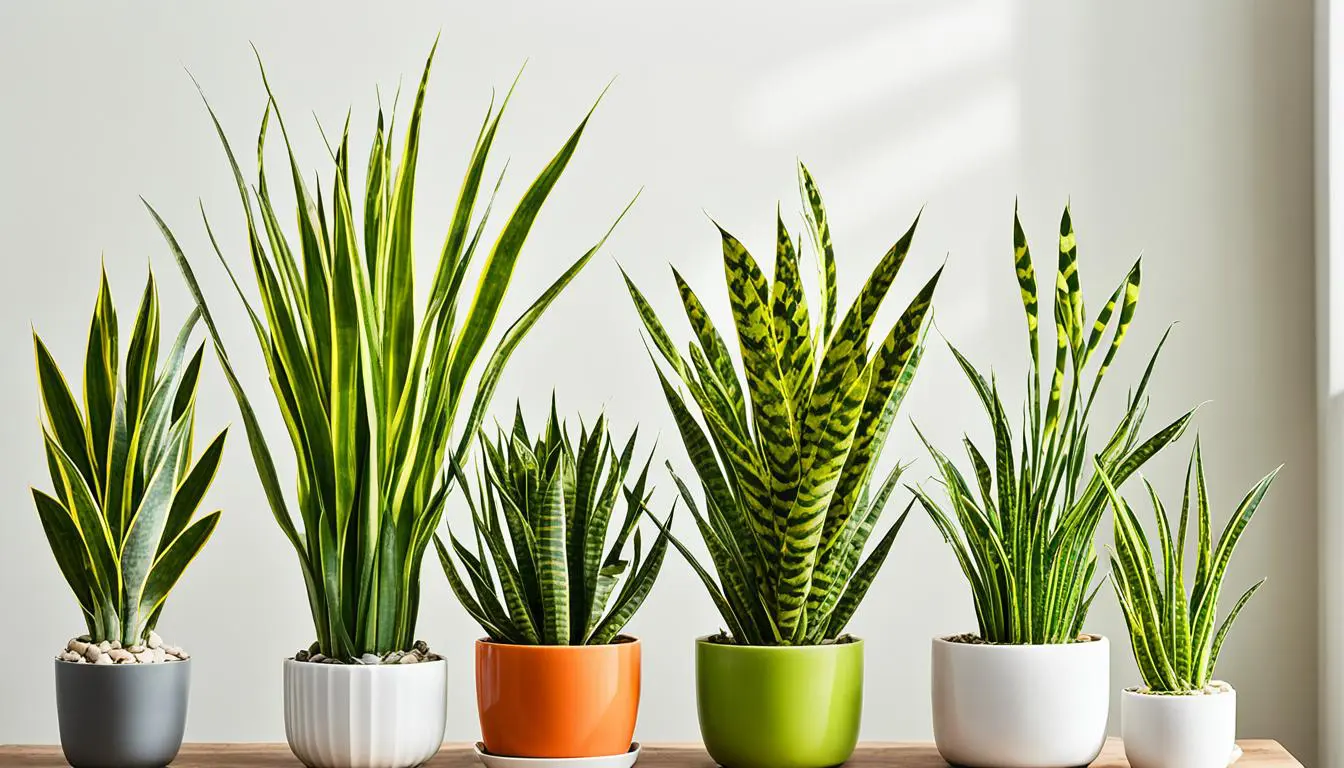The snake plant (Sansevieria trifasciata), also known as mother-in-law’s tongue, is one of the easiest houseplants to care for — but its watering needs can be tricky for beginners. These hardy plants thrive on neglect and are more likely to suffer from overwatering than underwatering. Knowing exactly how often to water a snake plant can make the difference between lush, upright leaves and mushy, rotting roots.
The Golden Rule: Less Is More
Snake plants store water in their thick, upright leaves and rhizomes, meaning they can go for long periods without a drink. The general guideline is:
- Spring and Summer (growing season): Every 2–4 weeks
- Fall and Winter (dormant season): Every 4–6 weeks or even less
However, this is just a starting point. The best way to decide when to water is to check the soil rather than rely solely on a calendar.
How to Tell When Your Snake Plant Needs Water
Before watering, insert your finger 2–3 inches into the soil. If it feels completely dry, it’s time to water. Signs that your plant may need a drink include:
- Soil is pulling away from the edges of the pot
- Wrinkled or curling leaves
- Leaves feeling less firm than usual
Factors That Affect Watering Frequency
Your snake plant’s watering schedule will vary depending on several conditions:
- Light levels: Plants in bright, indirect light will dry out faster than those in low light.
- Pot type: Terracotta pots dry out more quickly than plastic or glazed ceramic ones.
- Temperature & humidity: Warm, dry air speeds up soil drying.
- Soil mix: Well-draining soil keeps roots healthy and prevents waterlogging.
Proper Watering Technique

When you water a snake plant:
- Water deeply until it flows from the drainage holes.
- Empty any saucer beneath the pot to prevent root rot.
- Avoid pouring water directly onto the leaves; aim for the soil around the base.
Common Mistakes to Avoid
- Overwatering: The number one cause of snake plant death.
- No drainage: Always use a pot with drainage holes.
- Watering on schedule only: Conditions change — so should your watering frequency.
Signs of Overwatering
Overwatering is the #1 killer of snake plants. Look out for:
- Yellow, mushy leaves
- Soft or black leaf bases
- Sour or musty smell from the soil (root rot)
If you notice these signs, stop watering, remove the affected leaves, and inspect the roots.
Final Tip
Think of your snake plant like a camel — it prefers dry spells over frequent drinks. If you’re ever unsure, wait a few more days before watering. Your snake plant will thank you with strong, upright leaves and years of low-maintenance beauty.
If you’re looking for a complete care guide, check out our article: How to Care for a Snake Plant for light, soil, and overall maintenance tips.

FAQ
1. Can I water my snake plant once a week?
Not recommended. Snake plants prefer drying out between waterings. Weekly watering can lead to root rot unless your plant is in a very hot, dry environment with fast-draining soil.
2. What happens if I don’t water my snake plant for a month?
Usually nothing bad — snake plants are drought-tolerant. The leaves may become slightly wrinkled, but the plant will bounce back once watered.
3. How do I know if I’m overwatering my snake plant?
Signs include yellowing leaves, mushy leaf bases, and a foul smell from the soil. Overwatering is the most common cause of snake plant death.
4. Should I mist my snake plant?
No. Snake plants don’t need extra humidity and prefer dry conditions. Misting can encourage fungal problems.
5. Does the watering schedule change if the plant is outdoors?
Yes. Outdoor snake plants in hot, sunny spots may need water every 1–2 weeks in summer, but still let the soil dry before watering again.
















